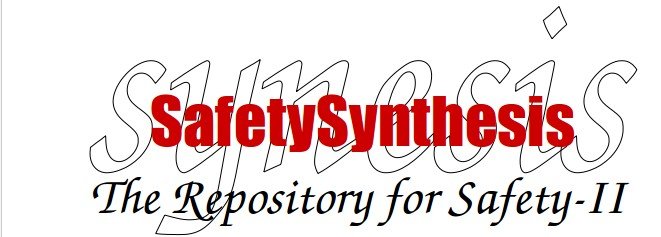(c) Erik Hollnagel, 2020
The Practical Consequences
A short-hand characterisation of the differences between Safety-I and Safety-II is to note that Safety-I leads to protective safety while Safety-II leads to productive safety. Safety-I and Safety-II both want as few tings as possible to go wrong, but they do it in different ways. Protective safety means that the number of adverse outcomes, the number of things that go wrong, is reduced by preventing things from going wrong - by elimination, barriers, and protection. Productive safety means that the number of successful outcomes, the number of things that go right, is increased as much as possible. This can be done by understanding how work goes well and find ways to support and facilitate that. And since somehing cannot go right and go wrong at the same time, an increase in the number of things that go right will obviously lead to a decrease in the number of things that go wrong. QED.
The practical consequences of the two perspectives are shown by the table below. The two columns summarise the questions and concerns that are characteristic of the two perspectives.
Focus of Safety-I | Focus of Safety-II |
Where can work go wrong? Where are the weaknesses? | What do we do well? Where are the strengths and skills? |
Where are the risks and hazards? | Where are the opportunities? |
Which kind of protection do we need? (Barriers) | Which kind of support do we need? (Facilitators) |
How can the variability of work (deviations, non-compliance) be limited or constrained? | How can the ubiquitous performance adjustments (variability) be recognised, managed and supported? |
How can we ensure that work-as-done corresponds to work-as-imagined? How can we increase standardisation? | How can we reconcile work-as-done with work-as-imagined? How can we learn from useful adjustments? |
How can we ensure that people are reliable or compliant? | How can we motivate and inspire people to do a good job? |
Safety-II in a regulated corporate environment
The Australian Journal of Health, Safety & Environment recently published an interview with Tom McDaniel from Siemens in the USA. The topic was "Safety-II in a regulated corporate environment - pending or happening?"
You can download a copy of the article here.
